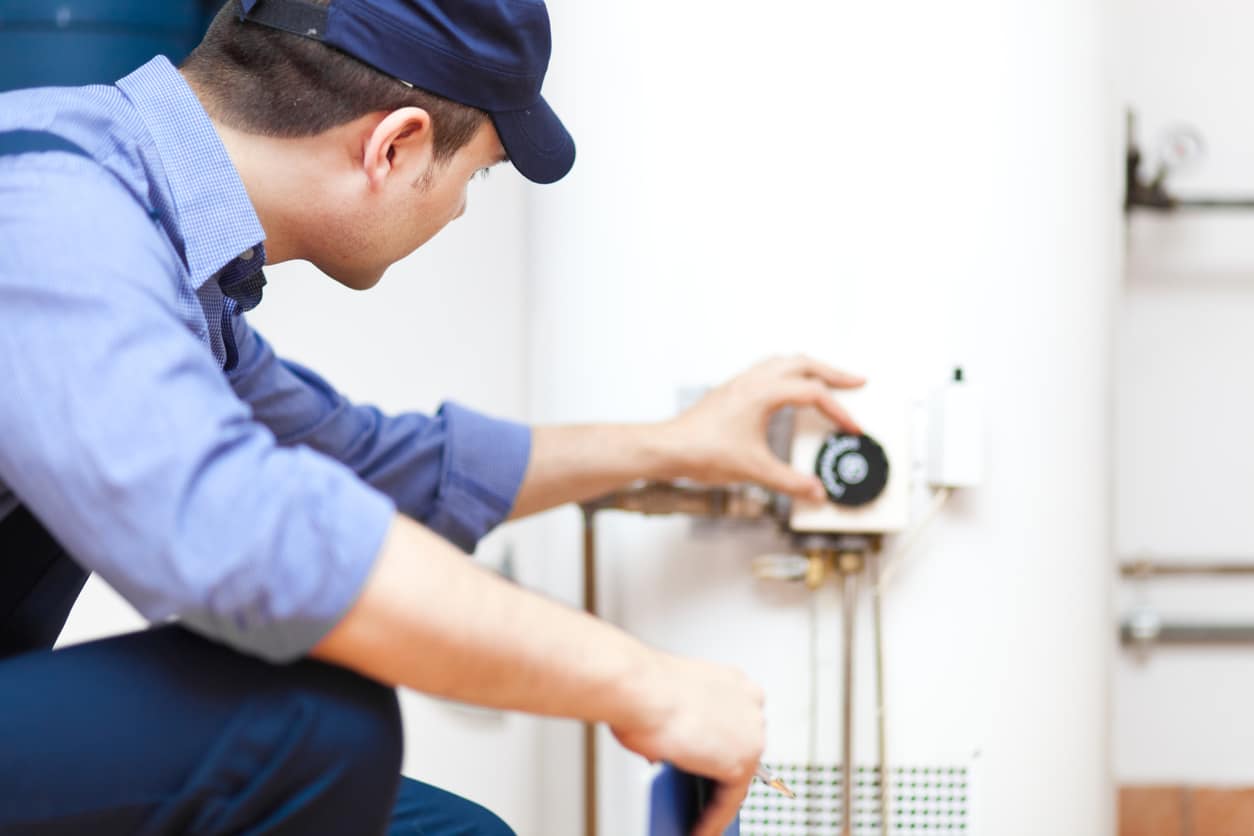

Articles
Why My Water Heater Is Not Working
Modified: October 31, 2024
Discover the common reasons why your water heater is not working and find helpful articles to troubleshoot and fix the issue.
(Many of the links in this article redirect to a specific reviewed product. Your purchase of these products through affiliate links helps to generate commission for Storables.com, at no extra cost. Learn more)
Introduction
A water heater is an essential appliance in any household, providing hot water for various daily activities like showering, cooking, and cleaning. However, there may come a time when you turn on the faucet or shower, expecting hot water, only to be greeted with cold water. This can be a frustrating experience, leaving you wondering why your water heater is not working.
There can be several reasons why your water heater is not functioning properly. It could be due to a tripped breaker, a faulty thermostat, pilot light issues, sediment buildup, heating element malfunction, or even gas supply problems. Understanding these possible causes can help you troubleshoot the issue and determine the necessary steps to get your water heater back in working order.
In this article, we will delve into each of these potential reasons in detail and explore the troubleshooting steps you can take to resolve them. So, let’s dive in and uncover why your water heater is not working and how to fix it.
Key Takeaways:
- Troubleshooting your water heater not working involves checking for tripped breakers, verifying thermostat settings, and addressing sediment buildup. Safety is key, and professional help may be necessary for electrical or gas-related issues.
- Regular maintenance and periodic inspections can prevent future water heater issues. If problems persist, seek professional assistance to ensure the optimal performance of your water heater for everyday needs.
Read more: Why Is My Water Heater Whistling
Possible Reasons for Water Heater Not Working
When your water heater stops working, it can be frustrating and inconvenient. However, identifying the possible reasons behind the issue can help you effectively troubleshoot and resolve the problem. Here are some common causes for a water heater not working:
- Tripped Breaker or Blown Fuse: One of the simplest explanations for a water heater not working is a tripped breaker or a blown fuse. Check your electrical panel and look for any tripped breakers or blown fuses related to the water heater. If you find any, try resetting the breaker or replacing the fuse to see if it solves the issue.
- Faulty Thermostat: The thermostat is responsible for regulating the temperature of the water in your heater. If the thermostat malfunctions, the water may not heat to the desired temperature or may not heat at all. Consider checking the thermostat settings and ensuring they are correctly adjusted. If necessary, you may need to replace the thermostat.
- Pilot Light Issues: If you have a gas water heater, a common reason for it not working is a problem with the pilot light. The pilot light should always be lit and should ignite the burner when the water temperature drops. If the pilot light is out, you can relight it following the manufacturer’s instructions. However, if the pilot light continues to go out, there may be a deeper issue that requires professional assistance.
- Sediment Buildup: Over time, mineral deposits can accumulate at the bottom of the tank, resulting in sediment buildup. This can lead to reduced water heater efficiency and heating problems. To fix this issue, you can drain and flush the water heater to remove the sediment. Regular maintenance and flushing can help prevent sediment buildup in the future.
- Heating Element Malfunction: Electric water heaters have heating elements that heat the water. If these elements become faulty, the water heater may not produce hot water. You can test the heating elements with a multimeter to determine if they are functioning correctly. If not, replacing the faulty heating element should resolve the issue.
- Gas Supply Problems: If you have a gas water heater, problems with the gas supply can affect its functionality. Make sure the gas valve is open and that there is an adequate supply of gas to the water heater. If you suspect a gas supply issue, it is important to seek professional help, as dealing with gas can be dangerous.
These are some of the possible reasons why your water heater is not working. By understanding these causes, you can take the appropriate troubleshooting steps to resolve the issue and restore hot water to your home. Let’s explore these troubleshooting steps further in the next section.
Tripped Breaker or Blown Fuse
One of the most common reasons for a water heater not working is a tripped breaker or a blown fuse. The electrical system of your water heater is connected to the circuit breaker panel in your home. When there is an electrical overload or short circuit, the breaker will automatically trip or the fuse will blow to protect the circuit from damage.
To check if a tripped breaker or blown fuse is the cause of your water heater not working, start by locating the electrical panel in your home. It is typically found in the basement, garage, or utility room. Open the panel door and look for the breaker or fuse that corresponds to the water heater.
If you find a breaker that is in the “off” position or a fuse that appears to be blown, you can try resetting the breaker or replacing the fuse. To reset the breaker, simply switch it from the “off” position to the “on” position. If you have a fuse box, you will need to replace the blown fuse with a new one of the same amperage rating.
After resetting the breaker or replacing the fuse, monitor your water heater to see if it starts working again. If the breaker trips or the fuse blows again, there may be a deeper issue that requires professional attention.
It is important to note that if you are uncomfortable working with electricity or if you are unsure about the cause of the problem, it is best to consult a licensed electrician. They have the necessary expertise to handle electrical issues safely and effectively.
By checking for a tripped breaker or blown fuse, you can quickly determine if this is the reason why your water heater is not working. In many cases, resetting the breaker or replacing the fuse will resolve the problem and restore hot water to your home. However, if the issue persists, it is advisable to move on to the next troubleshooting step.
Faulty Thermostat
A faulty thermostat is another common reason why your water heater may not be working properly. The thermostat is responsible for regulating the temperature of the water inside the tank. If the thermostat malfunctions, it can result in insufficient heating or no hot water at all.
To check if a faulty thermostat is the cause of your water heater not working, follow these steps:
- Locate the thermostat on your water heater. It is usually located on the side of the tank or behind an access panel.
- Ensure that the thermostat is securely connected to the water heater and that there are no loose wires or connections.
- Check the thermostat settings. Make sure they are correctly adjusted to the desired temperature. Sometimes, the thermostat can be accidentally set too low or turned off completely.
- If the thermostat settings appear to be correct, you can use a multimeter to test the thermostat for continuity. This will help determine if the thermostat is functioning properly or if it needs to be replaced.
- If the multimeter test indicates a faulty thermostat, you will need to replace it. Consult the manufacturer’s instructions or seek professional assistance to ensure a proper replacement.
It is important to note that tampering with electrical components, such as the thermostat, can be dangerous if you are not experienced or comfortable with electrical work. For your safety, it is advisable to consult a licensed professional who specializes in water heater repairs and replacements.
By checking the thermostat and verifying its functionality, you can determine if a faulty thermostat is the reason why your water heater is not working. Replacing a faulty thermostat can restore proper temperature control and ensure that your water heater produces hot water as desired.
If the issue persists even after replacing the thermostat, it may be necessary to explore other potential causes for your water heater not working, such as pilot light issues or sediment buildup. Let’s move on to the next section to learn more about these troubleshooting steps.
Pilot Light Issues
If you have a gas water heater, a common reason for it not working is a problem with the pilot light. The pilot light is a small flame that should always be lit and is responsible for igniting the gas burner when the water temperature drops.
If your water heater is not producing hot water, it’s important to check the status of the pilot light. Here are the steps to troubleshoot pilot light issues:
- Locate the access panel on your water heater. This is usually located at the bottom of the tank.
- Open the access panel and look for the pilot light assembly. It will have a control valve and a small burner tube.
- Check if the pilot light is lit. If it is not, follow the manufacturer’s instructions on how to relight it. This typically involves turning the control valve to the “pilot” position, using a long match or a lighter to ignite the pilot light, and holding the control valve in the “pilot” position for a specific amount of time.
- If the pilot light is lit but does not stay lit, there may be an issue with the thermocouple. The thermocouple is a safety device that senses the pilot light’s flame. If it detects that the pilot light is not lit, it shuts off the gas supply to prevent a gas leak. In this case, the thermocouple may need to be replaced.
- It is also important to check for any obstructions to the pilot light or the burner tube. Dust, debris, or spider webs can clog the orifice and prevent the pilot light from functioning properly. Gently clean any obstructions using compressed air or a soft brush.
If you are unsure about how to relight the pilot light or if you suspect a deeper issue with the gas supply, it is always best to contact a professional plumber or gas technician for assistance. Dealing with gas can be dangerous if not handled correctly.
By ensuring that the pilot light is lit and free from obstructions, you can resolve pilot light issues and potentially restore hot water to your gas water heater.
If you have followed these troubleshooting steps and your water heater is still not working, it may be necessary to explore other potential causes such as sediment buildup or a heating element malfunction. Let’s continue to the next section to explore these possibilities further.
Check the power source and circuit breaker to ensure the water heater is getting power. Also, check the thermostat settings and heating elements for any issues. If you’re not comfortable doing this yourself, call a professional.
Read more: Why Is My Space Heater Not Working?
Sediment Buildup
Over time, sediment buildup can occur in your water heater, leading to reduced efficiency and potential heating problems. Sediment refers to mineral deposits that settle at the bottom of the tank, usually comprised of minerals like calcium and magnesium.
When sediment accumulates in your water heater, it creates a barrier between the heating element (for electric heaters) or the burner (for gas heaters) and the water. This insulation decreases the transfer of heat, making it harder for the water heater to reach the desired temperature and reducing its overall performance.
Here are the steps you can take to address sediment buildup and potentially restore your water heater’s functionality:
- Ensure the power or gas supply to the water heater is turned off. Safety should always be the priority when working with water heaters.
- Locate the drain valve near the bottom of the water heater. Attach a garden hose to the valve and position the other end to a suitable drain or outside area.
- Gradually open the drain valve to allow the sediment-infused water to flow out. Be cautious as the water may be hot.
- Once the tank is drained, open the cold water supply valve to flush out any remaining sediment. This will help dislodge any stubborn particles and ensure a thorough cleaning.
- Repeat the process of draining and flushing if you notice significant amounts of sediment being expelled.
- Once the water runs clear, close the drain valve and remove the hose.
- Turn on the cold water supply to refill the tank.
- Finally, turn on the power or gas supply to the water heater.
It is important to note that regular maintenance, including draining and flushing the water heater, can help prevent sediment buildup in the future. Consult the manufacturer’s instructions or consult with a professional plumber for the recommended maintenance schedule and procedures specific to your water heater model.
If you have followed these steps and addressed the sediment buildup issue, check if your water heater is functioning properly. If the issue persists, move on to the next troubleshooting step.
Remember, if you are not comfortable or experienced with these procedures, it is best to consult a professional technician who specializes in water heater maintenance and repairs.
Heating Element Malfunction
If you have an electric water heater, a common reason for it not working is a malfunctioning heating element. Electric water heaters typically have one or two heating elements that heat the water inside the tank.
Over time, heating elements can wear out or become faulty, resulting in inadequate heating or no hot water at all. Here are the steps you can take to troubleshoot a heating element malfunction:
- Turn off the power supply to the water heater. This can be done by either flipping the corresponding circuit breaker in your electrical panel or turning off the power switch located near the heater.
- Remove the access panel(s) on the side of the water heater to expose the heating elements.
- Use a multimeter set to the resistance (ohms) setting to test the heating elements. Place the multimeter probes on the terminals of each heating element. A healthy, functioning heating element should show a reading on the multimeter. If the multimeter reading is zero or infinity, it indicates a faulty heating element that needs to be replaced.
- If one heating element is faulty, it is recommended to replace both elements simultaneously to ensure optimal performance.
- Carefully remove the faulty heating element by unscrewing it from its housing. Take note of the size and wattage rating of the element to ensure you purchase the correct replacement.
- Install the new heating element by screwing it securely into the designated housing.
- Reassemble the access panel(s) and restore power to the water heater.
After replacing the heating element(s), monitor your water heater to see if it starts producing hot water again. If the issue persists, there may be other underlying problems that require professional attention.
It is important to exercise caution when working with electrical components and to follow the manufacturer’s instructions. If you are unsure or uncomfortable performing these steps, it is advisable to seek the assistance of a licensed electrician or a professional plumber specialized in water heater repairs.
Fixing a heating element malfunction can restore the proper function of your electric water heater, allowing it to efficiently heat water as needed.
If you have followed these troubleshooting steps and your water heater is still not working, it may be necessary to explore other potential causes such as gas supply problems. Let’s move on to the next section to learn more about troubleshooting gas-related issues.
Gas Supply Problems
If you have a gas water heater, issues with the gas supply can be a possible reason for it not working. Problems with the gas supply can prevent the burner from igniting and heating the water. Here are the steps you can take to troubleshoot gas supply problems:
- Check the gas valve: Ensure that the gas valve on the water heater is fully open. It should be parallel to the gas pipe. If it is partially closed or perpendicular to the pipe, turn it to the open position.
- Check other gas appliances: See if other gas appliances in your home, such as a gas stove or furnace, are working. If they are also experiencing issues, there may be a problem with the main gas supply to your home. In this case, contact your gas provider to report the issue and seek their assistance.
- Inspect the gas line: Visually inspect the gas line from the water heater to the gas meter. Look for any signs of damage or leaks, such as hissing sounds, unpleasant odors, or visible cracks. If you suspect a gas leak, immediately evacuate your home and contact your gas provider and a professional plumber for immediate assistance.
- Check the pilot light: If the gas supply seems to be fine, ensure that the pilot light is lit. Refer to the manufacturer’s instructions on how to check and relight the pilot light if necessary.
- Inspect the thermocouple: The thermocouple is a safety device that detects the pilot light’s flame. If it fails to sense a flame, it shuts off the gas supply to prevent a gas leak. Check if the thermocouple is positioned correctly and firmly attached to the control valve. If it is damaged or not functioning properly, it may need to be replaced by a professional technician.
Dealing with gas-related issues can be potentially dangerous. If you smell gas or suspect a gas leak, evacuate the area immediately and contact your gas provider and emergency services.
If you have followed these troubleshooting steps and resolved the gas supply problems, your water heater should begin working properly. However, if the issue persists, it may be necessary to consult with a professional plumber or technician who specializes in water heaters for further assistance.
By addressing gas supply problems, you can ensure that your gas water heater is receiving a sufficient and consistent gas supply, allowing it to heat water effectively.
Now that we have covered the possible reasons for a water heater not working and the corresponding troubleshooting steps, you should have a good understanding of how to identify and resolve common issues. However, if the problem still persists, it is recommended to seek professional help to diagnose and fix the underlying cause.
Troubleshooting Steps for Water Heater Not Working
When your water heater is not working, it can be frustrating and inconvenient. However, by following these troubleshooting steps, you can identify and resolve common issues that may be causing the problem:
- Check for tripped breaker or blown fuse: Start by inspecting the circuit breaker panel or fuse box to see if the breaker has tripped or a fuse has blown. Reset the breaker or replace the fuse if necessary.
- Verify thermostat settings: Ensure that the thermostat is correctly adjusted to the desired temperature. If it’s not, modify the settings accordingly.
- Relight the pilot light: If you have a gas water heater, check if the pilot light is lit. If it’s not, follow the manufacturer’s instructions to relight it.
- Address sediment buildup: If you notice reduced hot water or strange noises coming from the water heater, sediment buildup may be the culprit. Drain and flush the tank to remove the accumulated sediment.
- Test heating elements: For electric water heaters, use a multimeter to test the heating elements’ functionality. If any heating element shows zero or infinite resistance, it may be faulty and require replacement.
- Inspect gas supply: If you have a gas water heater, ensure that the gas supply valve is fully open and check for any gas leaks or damages in the gas line.
It’s important to remember that safety should always be the top priority when dealing with water heaters. If you encounter major issues or are unsure about any step in the troubleshooting process, it’s recommended to seek professional assistance.
By following these troubleshooting steps, you can often identify and resolve the most common causes for a water heater not working. However, if the problem persists or if you are unable to resolve it on your own, it is best to consult with a licensed plumber or technician who specializes in water heater repairs.
Regular maintenance and periodic inspections can also help prevent future issues and ensure that your water heater continues to function efficiently. Refer to the manufacturer’s guidelines or consult with a professional to develop a maintenance plan suitable for your specific type of water heater.
Remember, a properly functioning water heater is essential for everyday tasks, such as showering and cleaning, so it’s important to address any issues promptly. With the right troubleshooting steps and professional help when needed, you can have your water heater back up and running in no time.
Read more: Why Is My Water Flosser Not Working
Conclusion
Dealing with a water heater that is not working can be frustrating, but understanding the possible reasons behind the issue can help you troubleshoot and resolve the problem effectively. From tripped breakers and faulty thermostats to pilot light issues, sediment buildup, heating element malfunctions, and gas supply problems, there are several potential culprits to investigate.
By following the troubleshooting steps outlined in this article, you can address these common issues and potentially restore your water heater’s functionality. Checking for tripped breakers or blown fuses, verifying thermostat settings, relighting the pilot light, addressing sediment buildup, testing heating elements, and inspecting gas supply are key steps in identifying the root cause and resolving the problem.
It is important to approach these troubleshooting steps with caution and prioritize safety. If you are unsure about any aspect of the process or are uncomfortable working with electrical components or gas-related elements, it is always wise to seek the assistance of a licensed professional who specializes in water heater repairs and maintenance.
Regular maintenance and periodic inspections can also help prevent future problems and ensure the optimal performance of your water heater. Follow the manufacturer’s guidelines and consult with a professional to develop a maintenance plan specific to your water heater model.
In conclusion, when your water heater is not working, don’t panic. Take a systematic approach to identify and address the potential causes. With a bit of troubleshooting and, if needed, professional assistance, you can restore your water heater’s functionality and enjoy the benefits of hot water for your everyday needs.
Remember, a working water heater is essential for showering, cooking, and cleaning, so it’s worth investing time and effort into resolving any issues that may arise.
Frequently Asked Questions about Why My Water Heater Is Not Working
Was this page helpful?
At Storables.com, we guarantee accurate and reliable information. Our content, validated by Expert Board Contributors, is crafted following stringent Editorial Policies. We're committed to providing you with well-researched, expert-backed insights for all your informational needs.
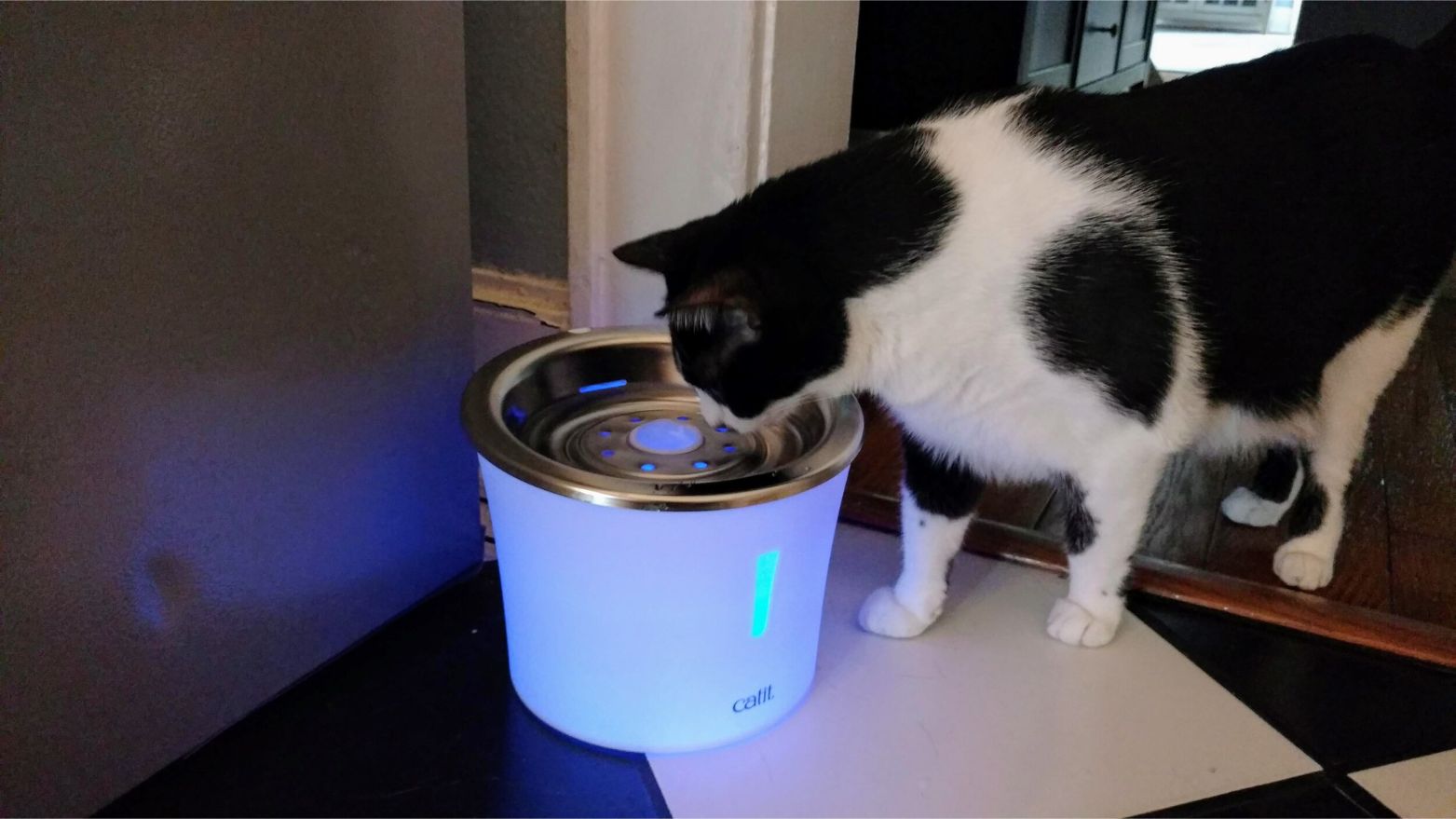
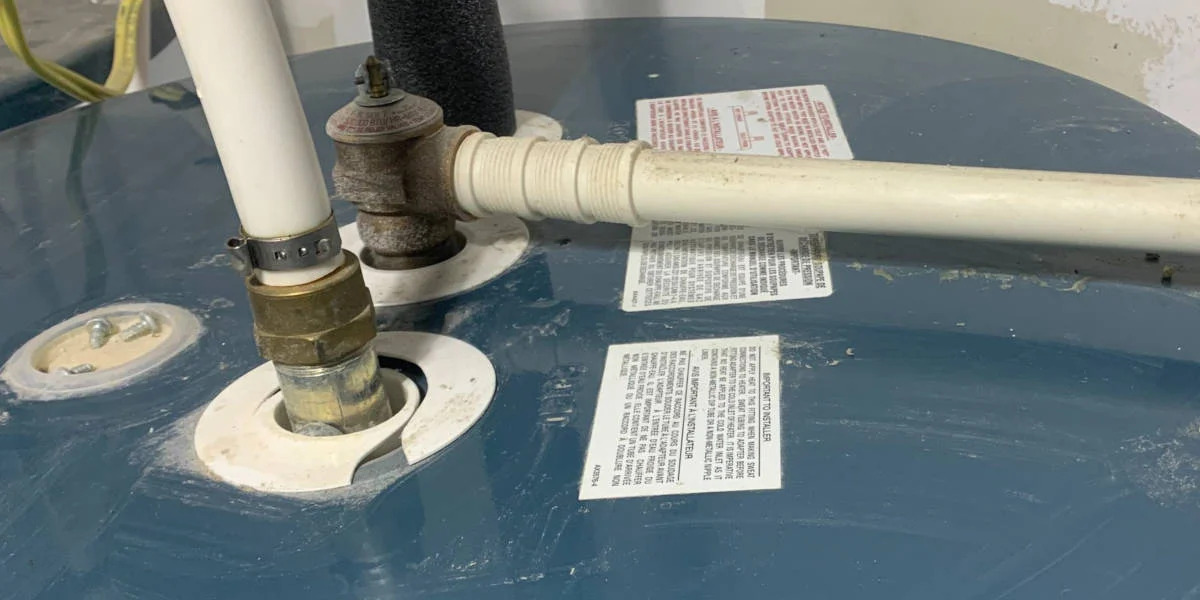
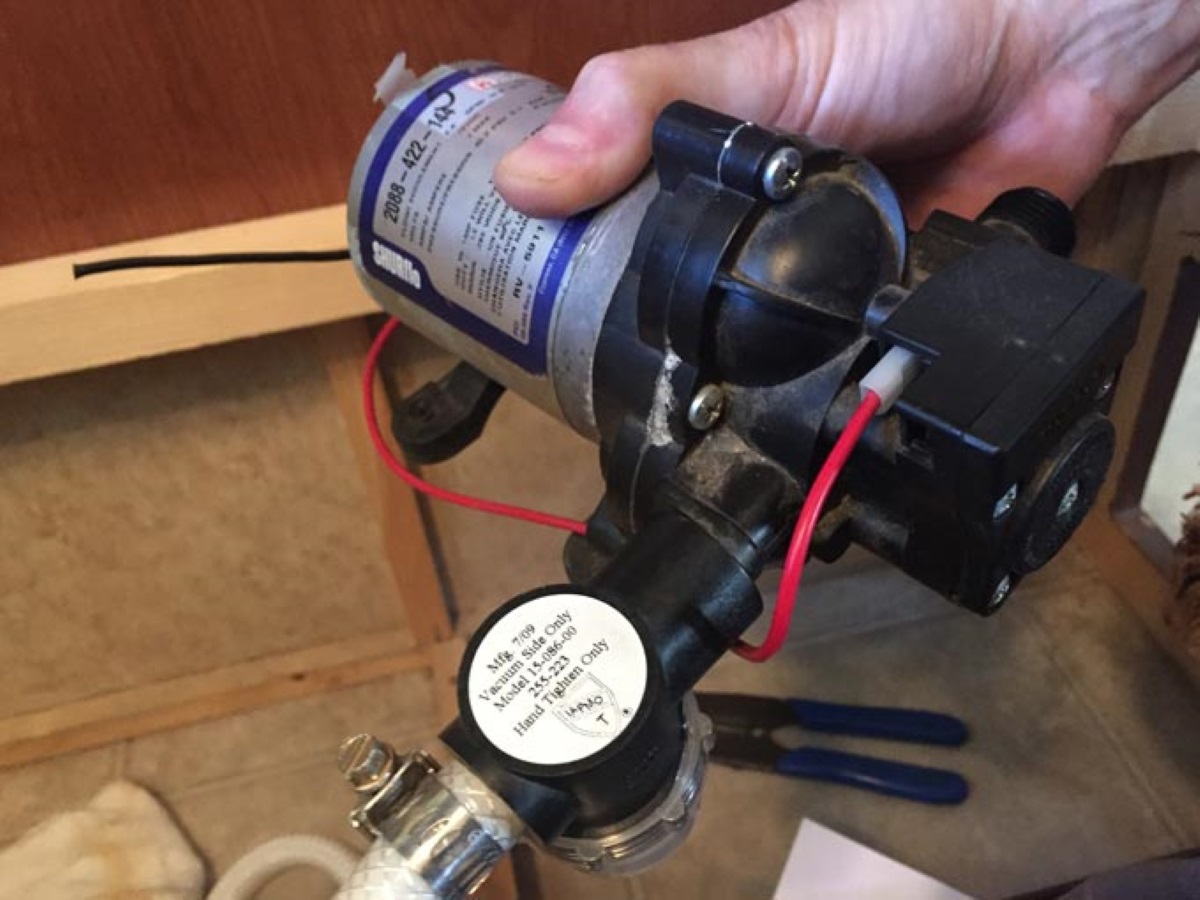
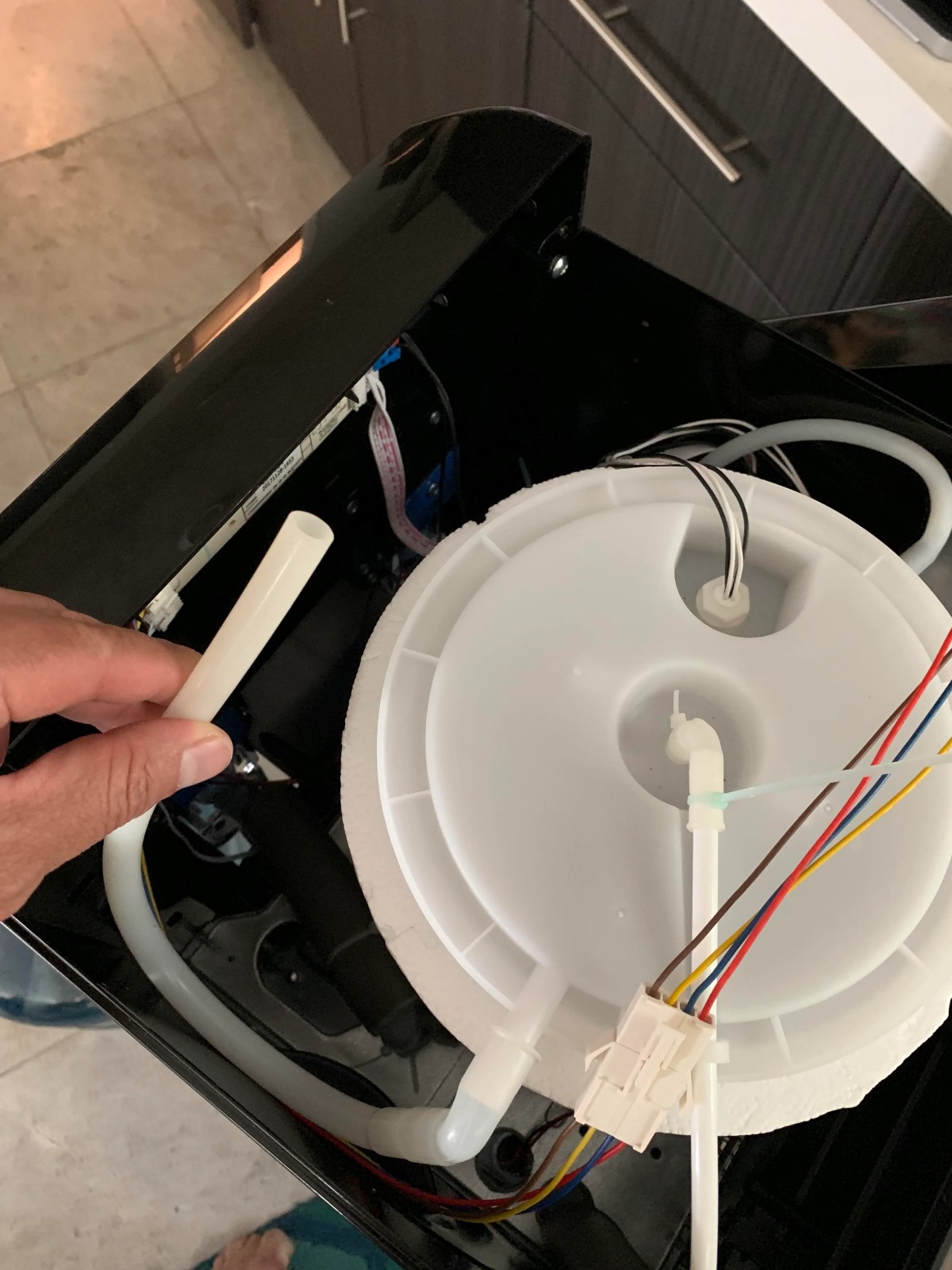
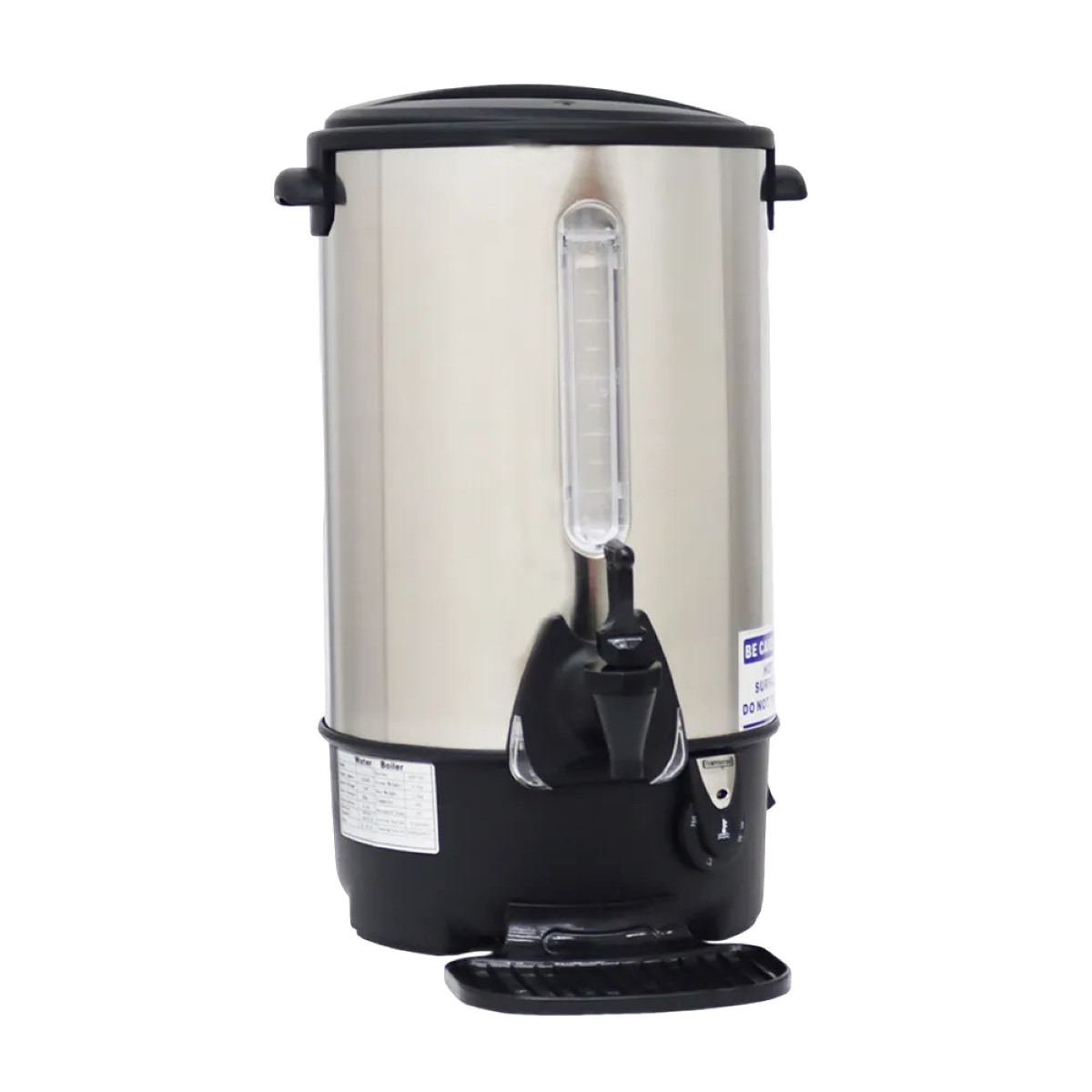
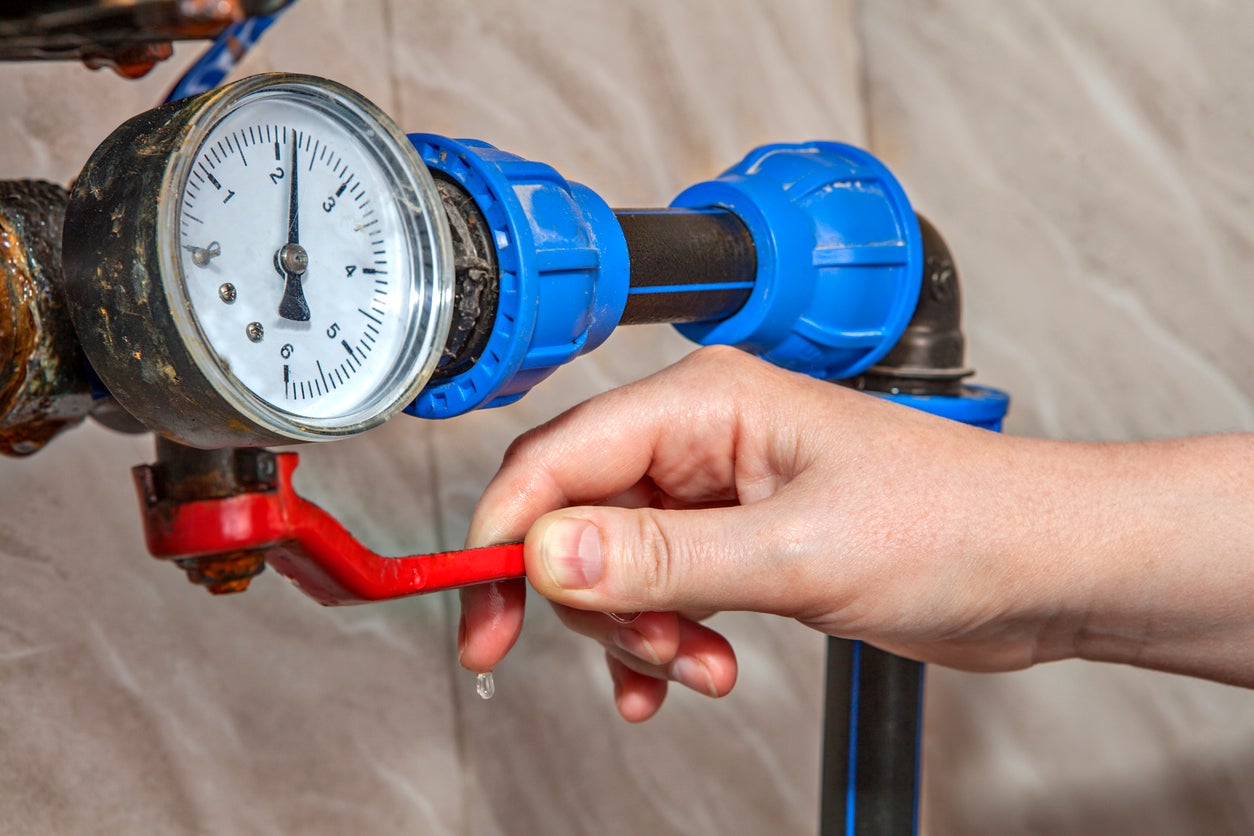
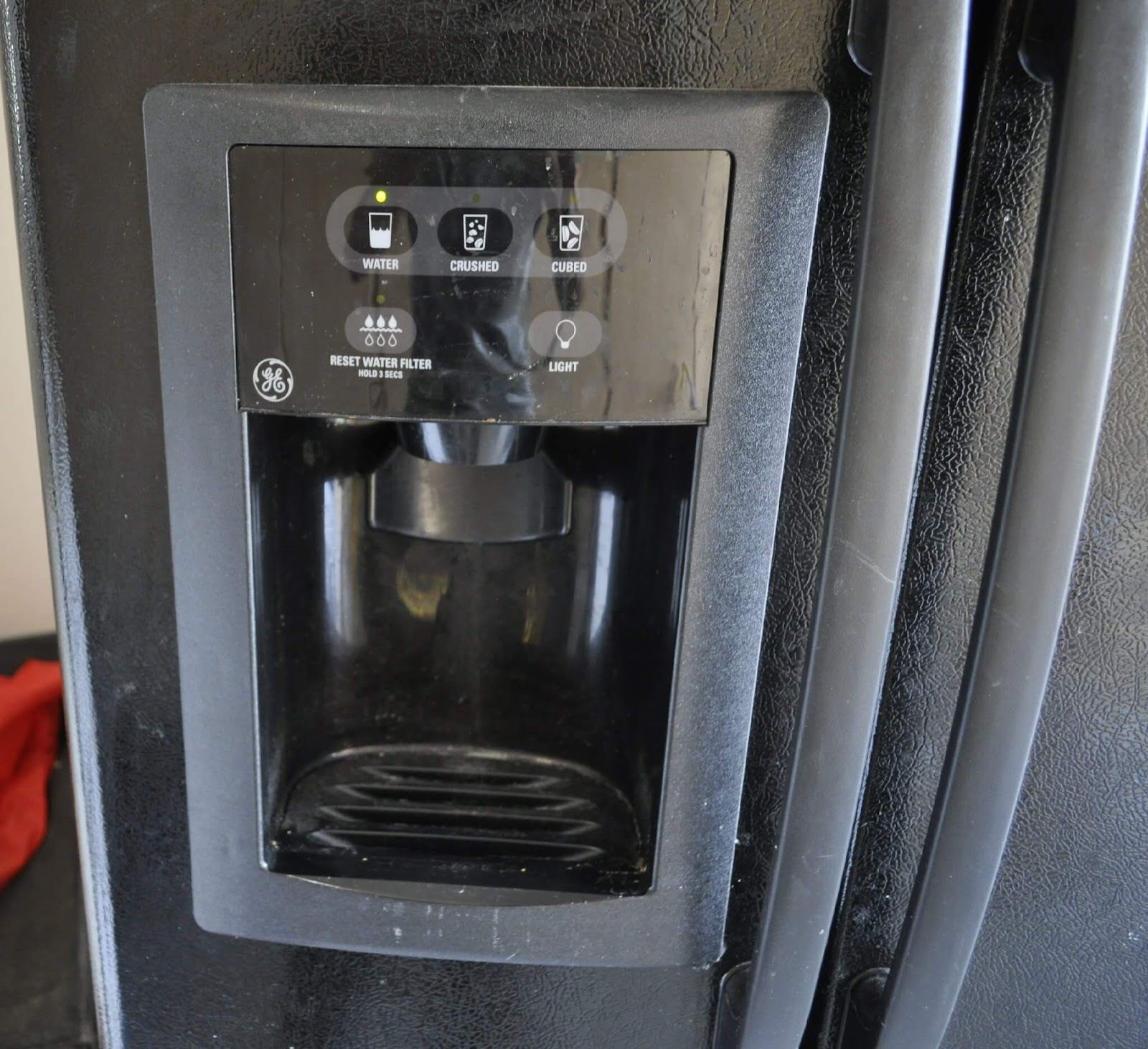
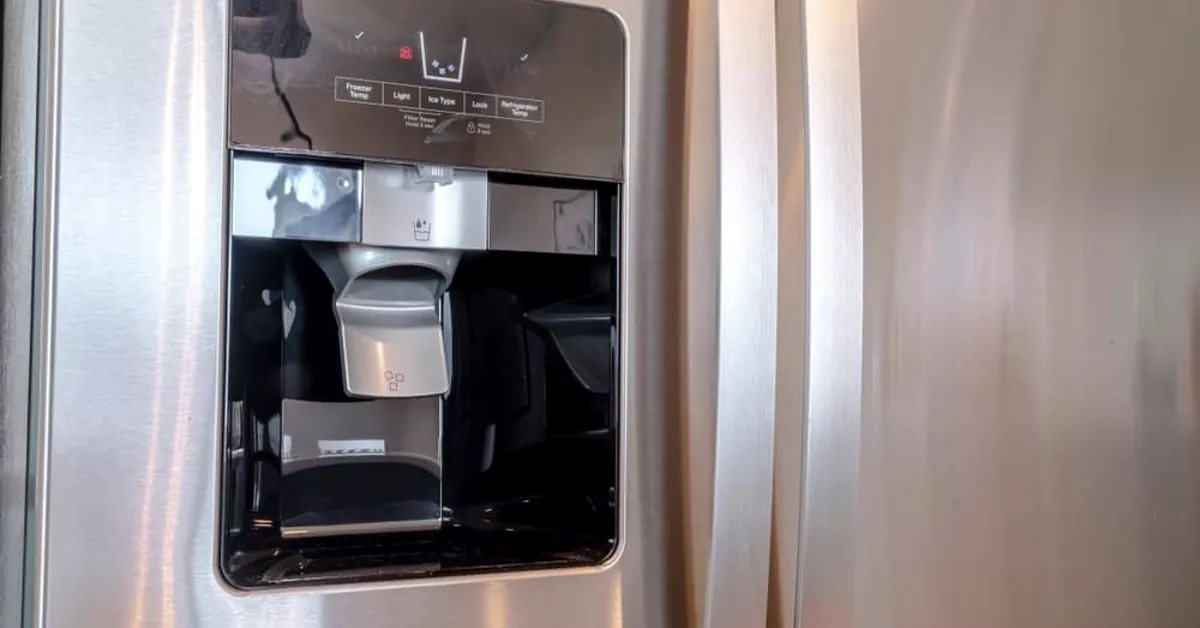
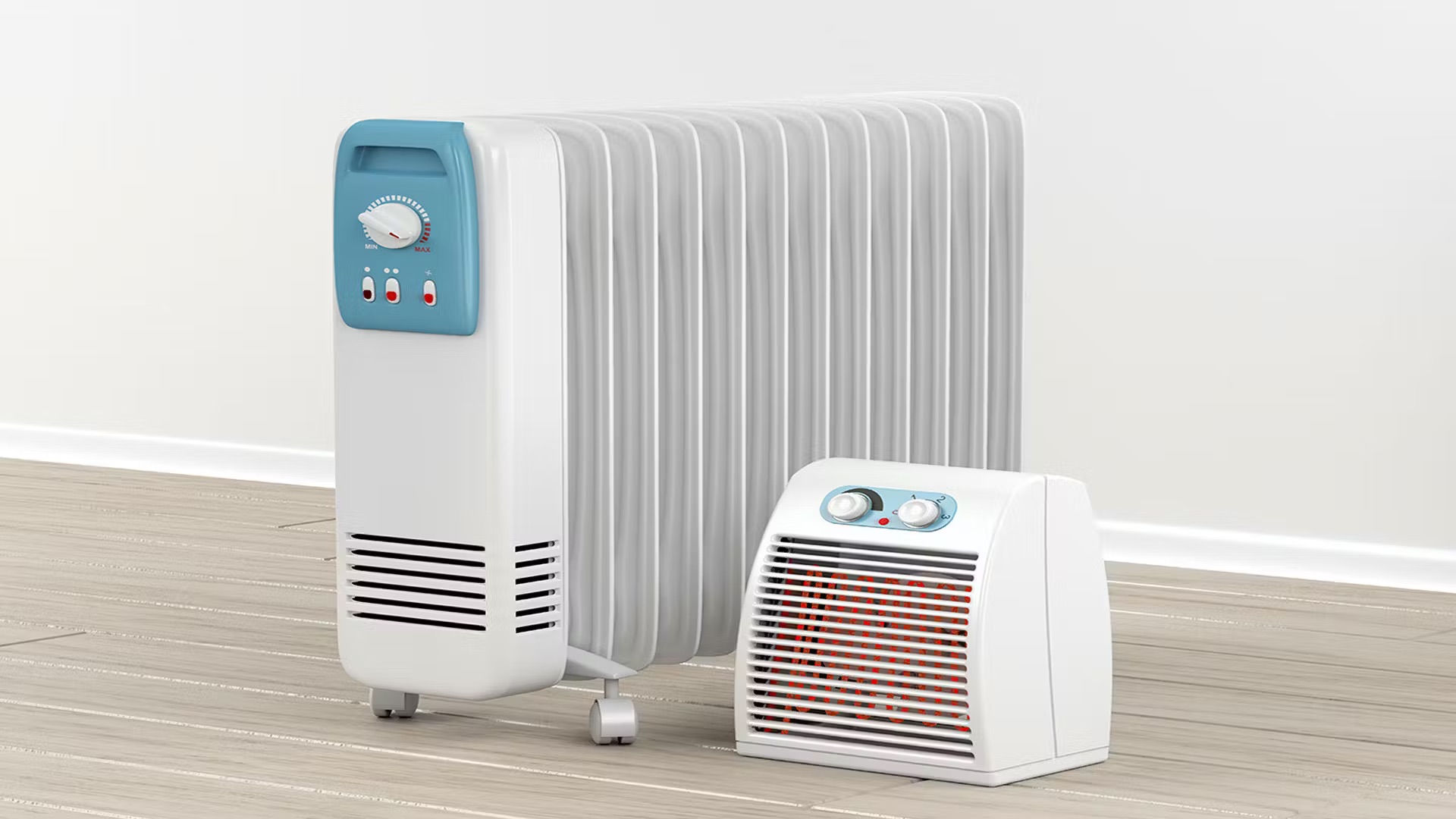

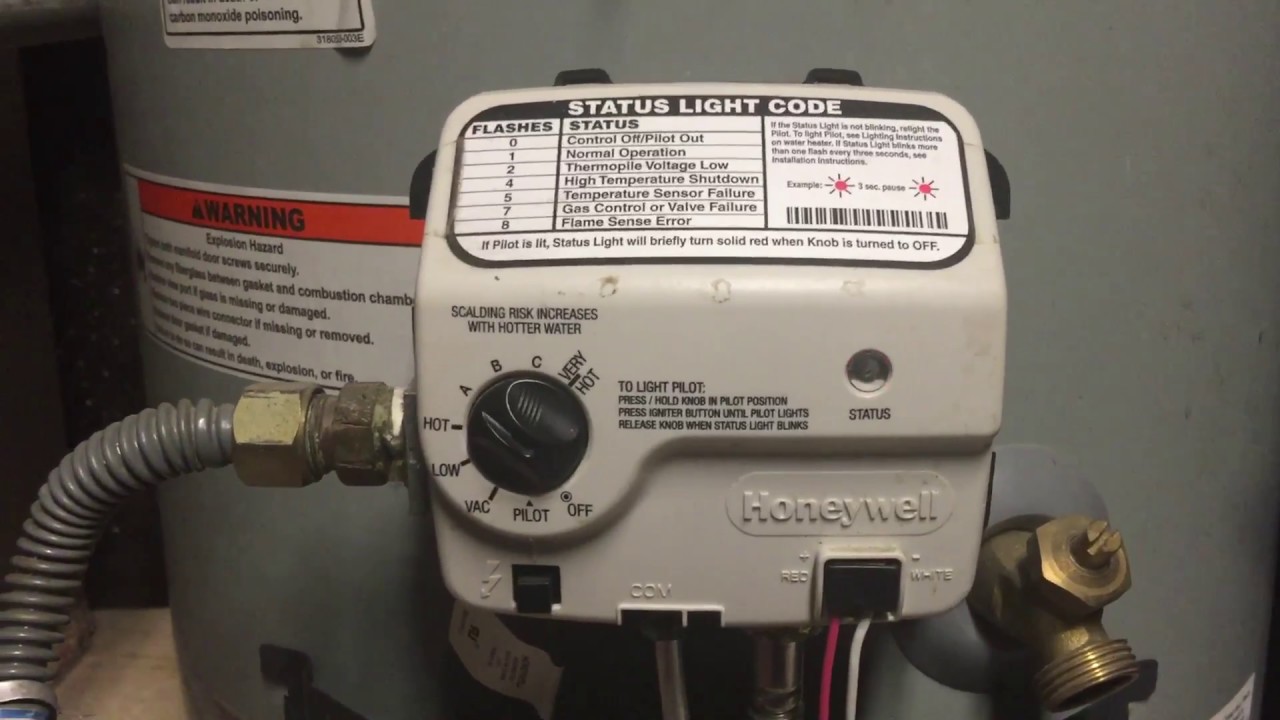
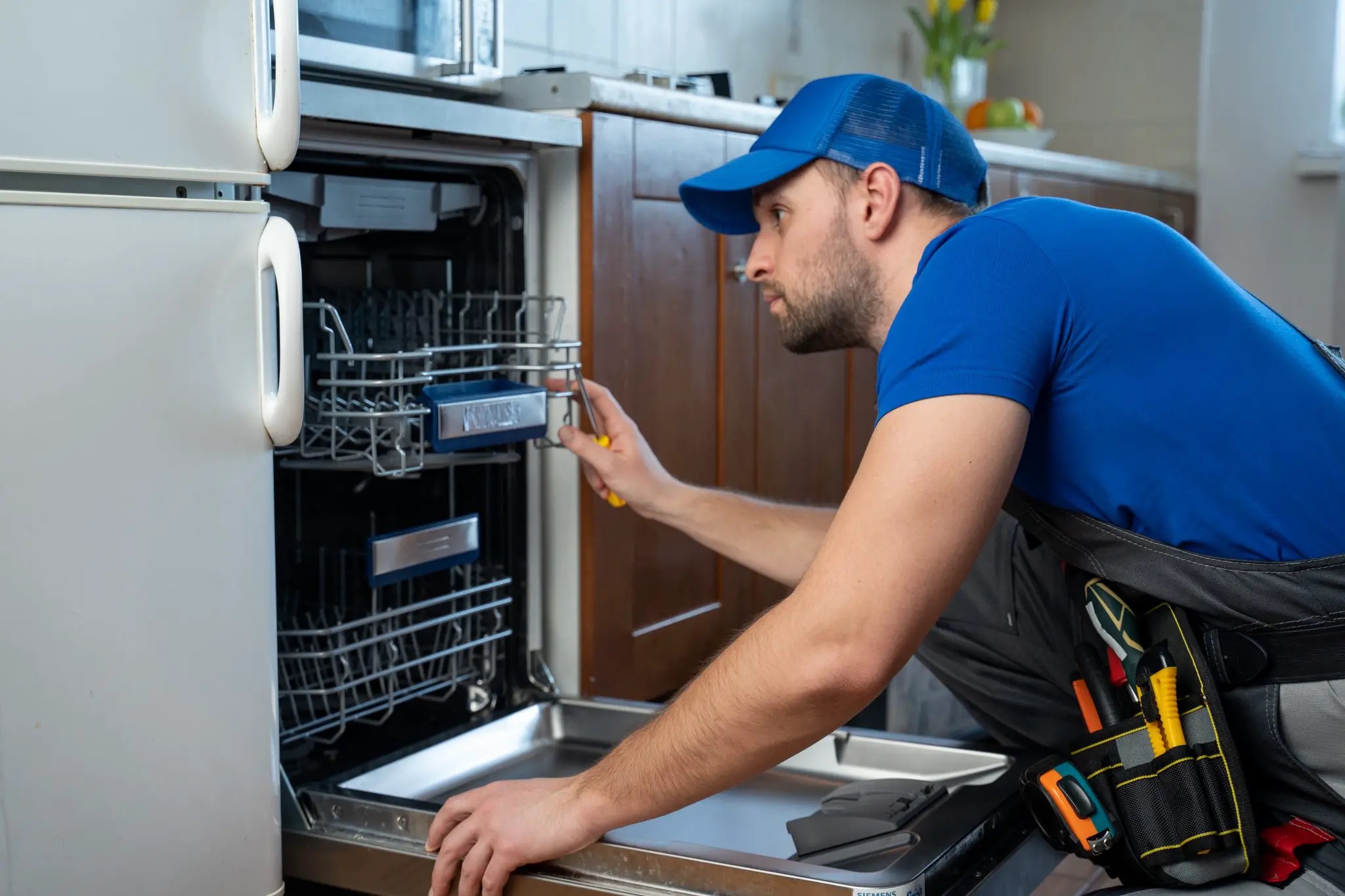
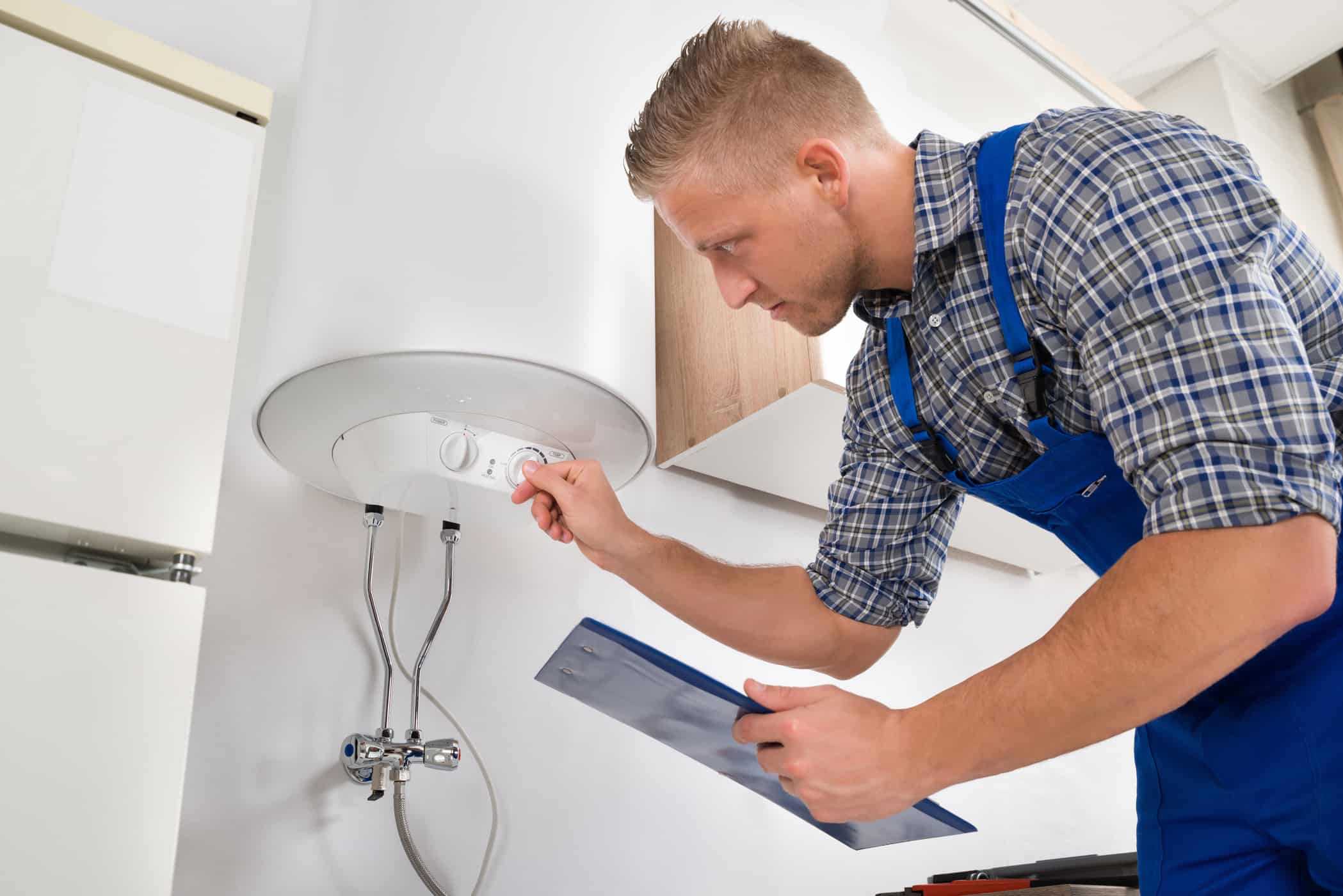

0 thoughts on “Why My Water Heater Is Not Working”